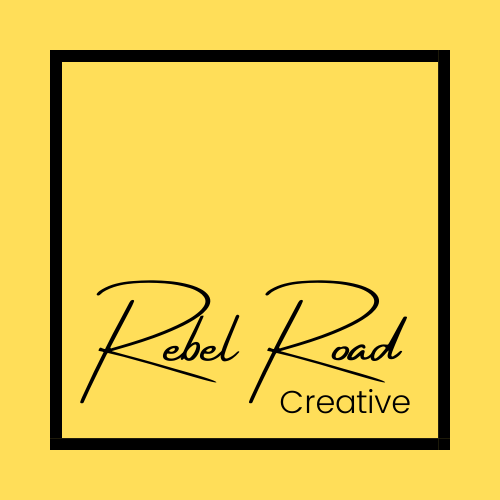What’s In A Digital Press Kit?
Twenty years ago, most organizations developed press kits that were routinely delivered to the media. Often printed and elaborate, these kits contained documents, photos, logos and other materials to promote a company. As technology evolved, press kits became electronic. Most large organizations maintain digital press kits on their websites. It’s the standard way to gain PR in digital media.
Any company (regardless of size) that is eager for promotion should consider adding an electronic press kit to their website. A separate tab in the main navigation isn’t necessary. You can include a Press, Newsroom or Media Kit link to the footer of your site. Most reporters and publishers know to look for it there. Since your kit is online, it’s easy to update and share.
Remember that reporters are always on deadline. Anything that makes your information easy to find and your assets straightforward to download is a big plus. What should be featured?
Your Story and Mission
Clearly and succinctly tell your origin story, and how your business is unique. Key features of your products and services, competitive advantages and your target audience are all important elements. Remember that a press kit is about providing accurate information. It’s not about selling, so try to stay away from marketing and sales language.
Your Press Releases
Make sure reporters can easily access your company’s press releases. These documents draw readers into your narrative and give them a clear picture of the services and products in just a few scrolls.
Company Facts
Basic facts are always part of a story. Give reporters your founding date, location(s), number of employees, background information and press contact details – the who, what, when and where.
Company Bios
Create short, one-paragraph descriptions of your leadership team that also note their areas of expertise. Reporters often need quotes for stories which adds credibility to your organization. You can go one step further by developing a set of canned quotes from your executives that the media can use. Also, make high resolution headshots available to download.
Product/Service Fact Sheet
This section should be an outline with bullet points that describe your products and services. To be effective, it must be short and to the point. (Remember, you’re not selling services and products, but describing them.)
If you have professional, high resolution images of products, include downloads for reporters to use in their articles. Remember to provide credit information for the photographer.
Frequently Asked Questions
Eliminate the back-and-forth with reporters by listing commonly asked questions and answering them. This exercise helps keeps the information fresh, consistent and accurate.
Logos
Provide high resolution files with a transparent background to make your logo and graphics easy to use for nearly any purpose. Include downloads of the raw vector file (EPS) and PNG files.
Press Coverage
Include links to stories from news outlets that show your company in the best light. This gives reporters examples of what to work from. It also demonstrates the legitimacy of your brand and can make journalists comfortable with your company as a source of information.
Case Studies
Case studies give reporters more background information and illustrate how your services and products benefit your customers.
Awards
Share any awards your business has earned. Achieving recognition from industry groups validates your organization.
Think about creating a one-stop shop for journalists to get information about your organization. Press kits are vital for any business, especially those raising capital, which tend to use earned media as a springboard to influence potential customers and investors.
Looking for a content writer to create your digital press kit or press releases? Rebel Road Creative can help. Let’s talk about it: get in touch today.

